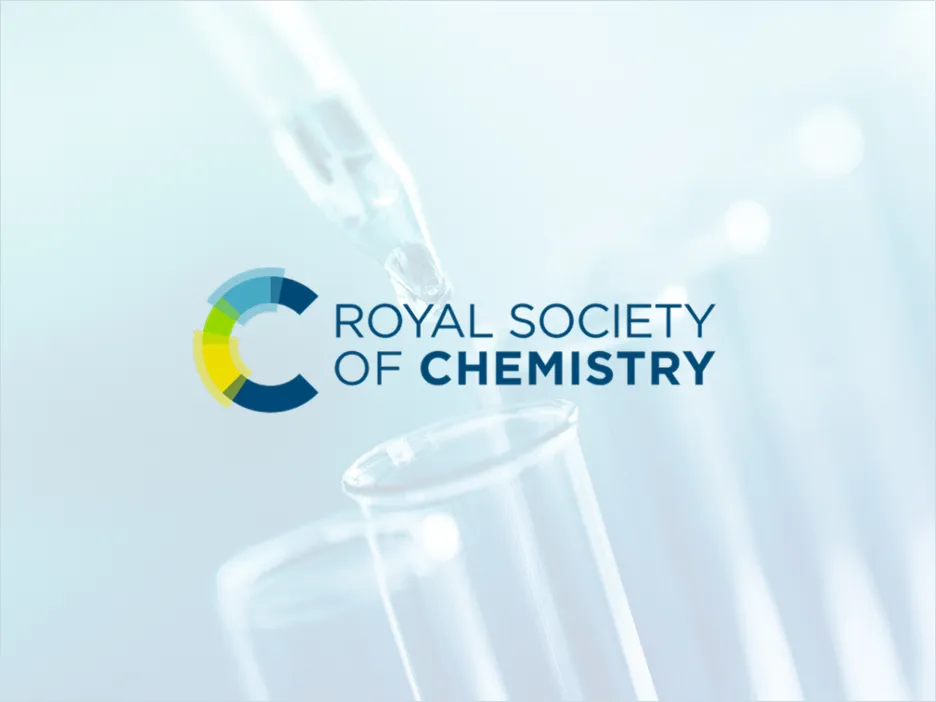Policy library
Search and browse our reports, policy and evidence

Our dedicated policy team, working with our members, wider community and expert partners, provide authoritative and robust information to shape current debates.
Whether maximising the effectiveness of research and education, or facilitating policymakers to use scientific information, our goal is to shape the development of policy relevant to the chemical sciences.

2021 spending review: representation from the RSC
Download this representation.

A chemicals strategy for a sustainable chemicals revolution
Download this policy position.

A circular economy for PLFs
Download this report

A framework for action in scientific publishing
Download this framework.

A future framework for international collaboration
Download this policy position.

A landscape view of the global PLFs market
Download this report.

A sense of belonging in the chemical sciences
Download this report

Addressing the digital skills gap in UK chemistry education
Download this policy position.

Alternatives to Horizon Europe funding
Download this policy position.

An immigration system for science and innovation
Download this consultation response.

Antimicrobial resistance
Download this policy position.

APPG on diversity and inclusion in STEM
Download this consultation response.

Balance and effectiveness of RDI spending
Download our consultation response.

Benefits of UK association to Horizon Europe
Download this policy position.

Boosting UK Prosperity: R&D and Science Education
Download this representation.